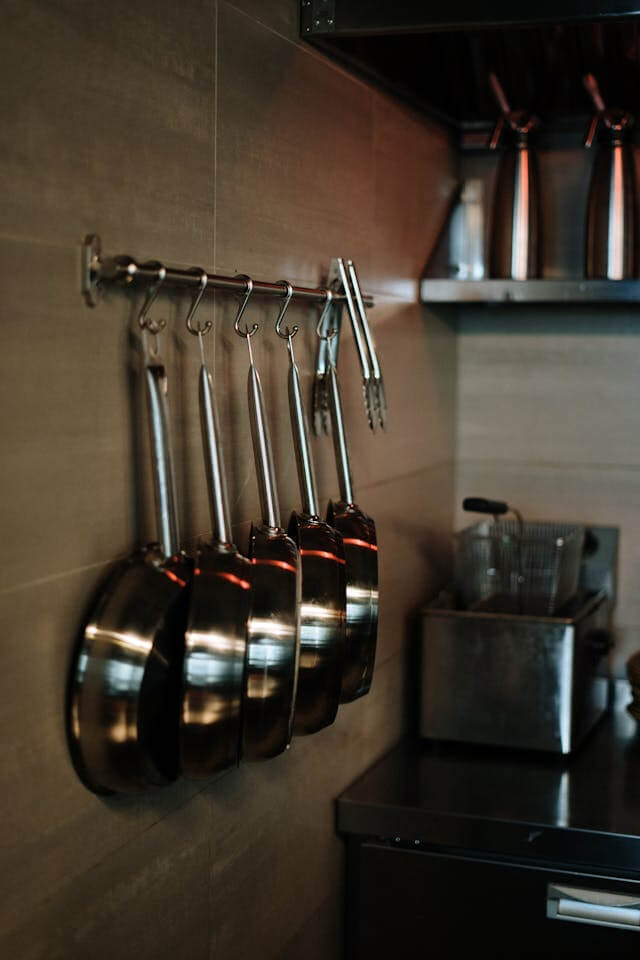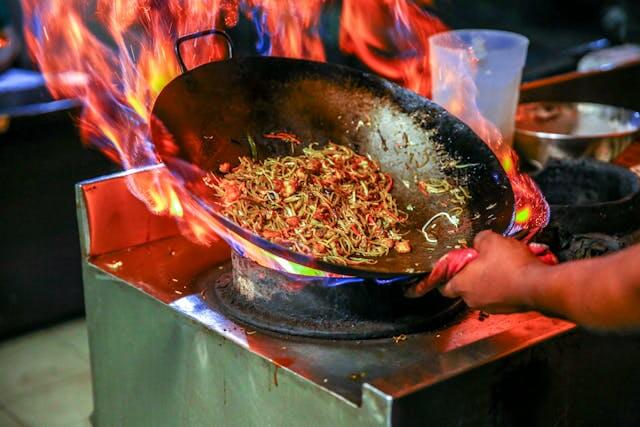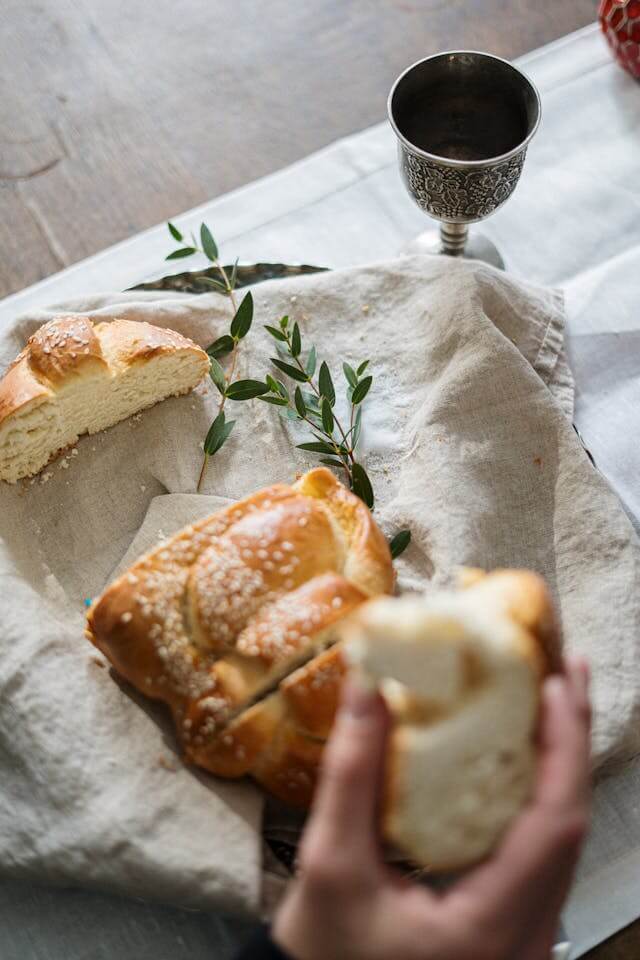Koshering utensils is one of the most important preparations for Passover, but throughout the year, we may also need to kosher certain utensils that have been used with forbidden foods. In this guide, we will explain what koshering (hagalah) is, which utensils require it, when it should be done, and how to properly perform the process according to different levels of kashrut.
What is Hagalah?
Hagalah is a halachic process designed to kosher utensils that have been used with forbidden foods, such as chametz on Passover or mixing meat and dairy. The process involves immersing the utensil in boiling water or using other methods to remove absorbed flavors.
When is Koshering Required?
Before Passover – Utensils used for chametz throughout the year must be koshered to be suitable for Passover.
Throughout the Year – Utensils used with forbidden foods or newly purchased utensils that require koshering.
Switching Between Meat and Dairy – Utensils used for meat that need to be used for dairy, or vice versa, require koshering.
Which Utensils Require Koshering?
Not all utensils require koshering. The basic rules are:
Metal Utensils – Metal utensils such as pots, pans, knives, and serving utensils require hagalah.
Glass Utensils – Some opinions hold that glass does not absorb flavors and does not require koshering, while others are strict and require koshering.
Plastic and Wooden Utensils – These materials absorb flavors and are generally not kosherable. It is best to replace them or use them only for permitted foods.
Earthenware Utensils – Earthenware cannot be koshered because it absorbs flavors irreversibly.
How to Perform Hagalah?
Koshering is done by immersing the utensil in boiling water or using other methods to remove absorbed flavors. The basic steps for koshering utensils through hagalah are:
1. Thorough Cleaning of the Utensil
Before hagalah, clean the utensil thoroughly to remove any food residue or grease. Use cleaning agents and a sponge to ensure all dirt is removed.
2. Waiting 24 Hours
Wait 24 hours after the last use of the utensil before performing hagalah. This ensures that any absorbed flavors dry out and become inactive.
3. Preparing the Boiling Water
Boil a large pot of water until it reaches a rolling boil. The water must be boiling at the time of immersion.
4. Immersing the Utensil
Completely immerse the utensil in the boiling water so that all parts are exposed. Ensure the utensil remains in the water for a few seconds to remove absorbed flavors.
5. Rinsing in Cold Water
After immersion, rinse the utensil in cold water to cool it down and remove any remaining boiling water.
Levels of Kashrut in Hagalah
1. Basic Hagalah (Standard Koshering)
Basic hagalah follows the steps outlined above and is suitable for most people. This is the common and accepted method for koshering utensils for Passover and year-round use.
2. Stricter Koshering (Mehadrin)
For those who are more stringent, additional hagalah cycles can be performed, or other methods such as libun (burning with direct fire) may be used.
3. Koshering for Special Utensils
For utensils with grooves or hard-to-clean parts, special methods such as libun or prolonged boiling may be necessary.
Tips for Successful Koshering
Avoid Koshering Cracked Utensils – Cracked or broken utensils cannot be properly koshered as flavors may remain trapped in the cracks.
Thorough Cleaning is Essential – Any remaining food residue or grease will prevent successful koshering.
Consult a Rabbi – If in doubt about a specific utensil or koshering method, consult a rabbi or halachic authority.
Conclusion
Koshering utensils is an important process that ensures our kitchen tools are suitable for Passover and year-round use. By understanding the basic rules and following the correct steps, we can ensure that our utensils are kosher and ready for use. In case of uncertainty, always consult a rabbi or halachic authority to ensure the process is done correctly.
Wishing you a Kosher and Happy Passover!

Nachman Harris. Kosher Expert.
Available for any of your questions






